Introduction to Morel Mushrooms and Their Flavor
Morel mushrooms (Morchella species) are among the most coveted wild edibles in the culinary world, prized for their unique flavor profile and distinctive honeycomb appearance. These springtime treasures have captivated the palates of chefs and food enthusiasts for generations, commanding premium prices and inspiring dedicated foragers to brave the woods in search of their elusive fruiting bodies.
But what exactly do morel mushrooms taste like? For those who have never experienced these prized fungi, understanding their flavor is the first step toward appreciating why they're so sought after. Unlike more common button or portobello mushrooms found in grocery stores, morels offer a complex and multidimensional taste experience that's difficult to capture in words but unforgettable once experienced.
This comprehensive guide explores the distinctive flavor profile of morel mushrooms, examining the various taste components, texture characteristics, and culinary applications that make these wild fungi so beloved. Whether you're a curious food enthusiast or a seasoned chef looking to deepen your understanding of this gourmet ingredient, this exploration will help you appreciate the unique sensory experience that morels provide.
The Core Flavor Profile of Morel Mushrooms
Primary Taste Characteristics
Morel mushrooms have a complex flavor profile characterized by several distinct notes:
- Earthy foundation: At their core, morels have a pronounced earthiness that connects them to their forest origins
- Nutty undertones: A subtle but distinctive nutty quality reminiscent of walnuts or hazelnuts
- Umami depth: Rich savory notes that exemplify the fifth taste known as umami
- Subtle sweetness: A delicate natural sweetness that balances the earthier qualities
- Woodsy character: A forest-like quality that evokes the natural environment where they grow
These primary flavor components combine to create the distinctive taste experience that makes morels so prized in culinary circles.
Textural Components of the Flavor Experience
The taste of morels is inseparable from their unique texture:
- Meaty consistency: A substantial, almost meat-like bite that provides satisfaction
- Spongy structure: Their honeycomb pattern creates a texture that beautifully absorbs accompanying flavors
- Tender yet firm: When properly cooked, morels maintain an appealing firmness without being tough
- Non-slimy quality: Unlike some mushroom varieties, morels don't have the slippery texture that some find off-putting
- Slight chewiness: A pleasant resistance that adds to the overall eating experience
This textural profile contributes significantly to what makes the morel eating experience distinctive from other mushrooms.
Aromatic Elements
The smell of morels enhances their taste experience:
- Forest-floor scent: A pleasing aroma reminiscent of the woods after a spring rain
- Subtle muskiness: A gentle musky quality that adds complexity
- Mild smokiness: Particularly in darker varieties, a hint of natural smoke-like aroma
- Fresh earthiness: Clean soil-like notes without being dirty or musty
- Nutty fragrance: A warm, toasted nut aroma that complements the flavor
These aromatic elements work in concert with the taste to create the full sensory experience of morels.

Comparing Morel Flavor to Other Mushrooms
Morels vs. Common Button Mushrooms
How morels differ from everyday supermarket varieties:
- Flavor intensity: Morels have a much more pronounced and complex flavor than mild button mushrooms
- Textural difference: Button mushrooms have a smoother, more uniform texture compared to the honeycomb structure of morels
- Culinary versatility: While button mushrooms often play a supporting role, morels can be the star of a dish
- Aromatic quality: Morels offer substantially more aromatic complexity than the relatively neutral button mushrooms
- Cooking behavior: Button mushrooms release more moisture during cooking, while morels maintain their structure better
These differences highlight why morels command premium prices compared to everyday mushroom varieties.
Morels vs. Other Wild Mushrooms
How morels compare to other prized wild fungi:
- Porcini comparison: Porcini mushrooms have a more intensely earthy flavor, while morels offer more complexity and nutty notes
- Chanterelle contrast: Chanterelles have fruity, apricot-like notes that morels lack, but morels offer more umami depth
- Black trumpet distinction: Black trumpets have a more intense smokiness, while morels provide a more balanced flavor profile
- Shiitake differences: Shiitakes have a stronger, more medicinal quality, whereas morels are more delicate and nutty
- Truffle comparison: While truffles have an intense, almost musky aroma, morels offer a more subtle, accessible flavor experience
Each wild mushroom offers its own unique flavor profile, with morels being particularly prized for their balance and complexity.
Factors Affecting Morel Flavor
Species Variations
Different morel species have subtle flavor differences:
- Black morels: Typically have a stronger, more intense flavor with deeper earthy notes
- Yellow/blonde morels: Generally offer a more delicate, sweeter flavor profile
- Gray morels: Present a middle ground between black and yellow varieties
- Burn morels: Those growing in burn sites often have a subtle smokiness not present in other varieties
- Regional species: Local species may have distinctive flavor notes based on their specific genetics
Understanding these variations helps explain why morel enthusiasts may have different descriptions of their flavor.
Growing Environment
How habitat influences flavor profile:
- Soil composition: The mineral content of the soil can significantly impact flavor notes
- Tree associations: Morels growing near apple trees may have slightly different flavors than those near elm or ash
- Climate effects: Temperature and precipitation patterns during growth affect flavor development
- Sun exposure: The amount of sunlight the growing area receives influences flavor intensity
- Elevation factors: Higher elevation morels may develop different flavor characteristics than lowland specimens
These environmental factors create subtle terroir-like differences in morels, similar to how wine grapes are affected by growing conditions.
Maturity and Freshness
The impact of age and harvest timing:
- Young morels: Typically have a more delicate, subtle flavor profile
- Mature specimens: Often develop deeper, more complex flavor notes
- Peak freshness: At their flavor prime immediately after harvesting
- Storage effects: Flavor begins to diminish shortly after harvesting
- Drying impact: Drying concentrates and slightly alters the flavor profile
Understanding these factors helps when selecting and preparing morels for culinary use.
Culinary Applications That Showcase Morel Flavor
Classical Preparation Methods
Traditional techniques that highlight morel taste:
- Simple butter sauté: Perhaps the most beloved preparation, allowing the pure flavor to shine
- Cream-based sauces: The richness of cream complements and carries morel flavor beautifully
- Wine deglazing: White wine provides acidity that balances and enhances morel earthiness
- Egg dishes: The neutral canvas of eggs perfectly showcases morel flavor in omelets or scrambles
- Soup applications: Morels create richly flavored broths that capture their essence
These time-tested methods have remained popular because they effectively highlight morels' natural taste.
Complementary Ingredients
Foods and seasonings that pair well with morel flavor:
- Butter: The rich, fatty quality enhances and carries morel flavor
- Fresh herbs: Especially thyme, chives, and parsley, which complement without overwhelming
- Garlic and shallots: Provide aromatic foundation that works harmoniously with morels
- Light meats: Chicken, veal, and rabbit provide subtle backdrops for morel flavor
- Spring vegetables: Asparagus, peas, and young leeks share seasonality and flavor affinity
These ingredients enhance rather than compete with the distinctive morel taste profile.
Modern Culinary Innovations
Contemporary approaches to showcasing morel flavor:
- Morel infusions: Creating oils, broths, and butters that capture and preserve the flavor
- Dehydration techniques: Using dried morels as flavor-intense seasonings in powders and rubs
- Fermentation approaches: Developing complex flavors through controlled fermentation
- Molecular gastronomy: Creating morel essences, foams, and gels that isolate specific flavor components
- Smoke integration: Adding complementary smoke flavors to enhance morels' natural earthiness
These innovative techniques offer new ways to experience and appreciate morel flavor.

Experiencing Morels: From Forest to Table
Harvesting Impact on Flavor
How collection methods affect taste:
- Cutting vs. pulling: Properly cut mushrooms retain cleanliness and flavor better than pulled specimens
- Handling care: Gentle handling preserves delicate flavor compounds
- Collection containers: Breathable baskets prevent mushrooms from becoming soggy and losing flavor
- Field cleaning: Minimal cleaning in the field helps preserve flavor integrity
- Transportation considerations: Proper transportation prevents bruising and flavor degradation
Proper harvesting techniques help preserve the optimal flavor potential of morels.
Storage and Preservation
Maintaining flavor quality after harvest:
- Fresh storage: Keeping unwashed morels in paper bags in the refrigerator for 3-5 days
- Drying methods: Proper dehydration concentrates flavor while enabling long-term storage
- Freezing approaches: Light cooking before freezing helps preserve flavor and texture
- Oil preservation: Submerging cooked morels in oil can maintain certain flavor compounds
- Pickle techniques: Creating pickled morels offers a different but enjoyable flavor profile
These preservation methods allow the enjoyment of morel flavor beyond their brief growing season.
Cooking Techniques That Enhance Flavor
Methods to maximize taste experience:
- Dry sautéing: Cooking without fat initially to allow moisture release before adding butter
- Slow roasting: Gentle heat that develops flavor without toughening texture
- Flavor infusion: Allowing morels to absorb complementary flavors during slow cooking
- Browning development: Creating Maillard reaction to enhance umami notes
- Temperature control: Avoiding excessive heat that can damage delicate flavor compounds
Proper cooking techniques are essential for maximizing the flavor potential of morels.
The Psychology and Culture of Morel Flavor
The Foraging Effect
How the hunting experience influences flavor perception:
- Anticipation effect: The excitement of the hunt enhances the perceived taste experience
- Rarity appreciation: The difficulty of finding morels makes their flavor seem more special
- Connection to nature: The forest-to-table journey creates deeper appreciation for their taste
- Seasonal celebration: Being among the first wild foods of spring enhances their flavor significance
- Shared tradition: The cultural aspects of morel hunting add meaning to the flavor experience
These psychological factors play an important role in why many people find morels so extraordinarily delicious.
Cultural Flavor Perceptions
How different cultures describe and value morel flavor:
- European traditions: In French and Italian cuisine, morels are celebrated for their elegant earthy qualities
- North American perspectives: Often described in terms of their meaty, satisfying characteristics
- Asian interpretations: Appreciated for their umami qualities and medicinal associations
- Regional variations: Local cultural frameworks influence how people describe and appreciate morel flavor
- Culinary heritage: Traditional recipes reflect cultural flavor preferences and preparation methods
These cultural frameworks influence how people experience and describe morel flavor.
The Price-Flavor Connection
How economics influences taste perception:
- Luxury association: Their high price creates expectations that influence taste experience
- Exclusivity factor: Rarity and limited availability enhance perceived flavor quality
- Chef endorsement: Professional culinary validation reinforces flavor appreciation
- Seasonal anticipation: The wait through winter creates heightened flavor expectations
- Investment justification: Those who pay premium prices are psychologically primed to appreciate the flavor
These economic and psychological factors cannot be separated from the overall experience of morel flavor.

Health Aspects of Morel Flavor
Nutritional Components That Influence Taste
How nutrition and flavor intersect:
- Amino acid profile: Rich in glutamates that create umami flavor
- Natural sugars: Contain subtle sugars that contribute to their mild sweetness
- Mineral content: High mineral content adds complexity to their flavor profile
- Protein levels: Higher protein content than many mushrooms contributes to meaty flavor
- Fiber structure: The cellular composition affects how flavor is released during cooking and chewing
These nutritional components directly influence the taste experience of morels.
Potential Flavor Sensitivities
Individual variations in taste perception:
- Taste receptor genetics: Some people may be more sensitive to certain flavor compounds in morels
- Previous exposure: Familiarity with similar flavors affects how people experience morels
- Cultural background: Food culture influences flavor expectations and appreciation
- Age factors: Taste sensitivity changes with age, affecting how morels are experienced
- Cooking preferences: Personal preferences for cooking methods impact flavor perception
These individual differences explain why people may describe morel flavor in different ways.
The Raw vs. Cooked Flavor Transition
How cooking transforms morel flavor:
- Toxin elimination: Cooking neutralizes hydrazine compounds that can cause digestive distress
- Flavor development: Heat unlocks and transforms certain flavor compounds
- Texture improvement: Cooking creates the ideal texture that complements flavor
- Aroma enhancement: Heating increases the volatile aromatic compounds
- Maillard reaction: Browning creates new flavor compounds not present in raw specimens
This transformation is essential not just for safety but for optimal flavor development.
Conclusion: The Ineffable Quality of Morel Flavor
The flavor of morel mushrooms represents one of nature's most remarkable culinary gifts—complex yet approachable, distinctive yet complementary to many ingredients. Words ultimately fall short in fully capturing their essence; like the experience of a fine wine or exceptional coffee, the taste of morels must ultimately be experienced to be truly understood.
What makes morels particularly special is how their flavor connects us to the cycles of nature, the awakening of spring, and the mystery of wild foods. Their taste carries not just culinary significance but cultural and even spiritual dimensions for many enthusiasts.
Whether you're a seasoned morel hunter or someone curious about trying these prized mushrooms for the first time, understanding their flavor helps appreciate why generations of food lovers have sought them out. Their unique taste—earthy yet refined, wild yet elegant—offers a sensory experience unlike any other food, justifying both their legendary status and premium price.
The next time you have the opportunity to experience morels, take a moment to appreciate the complex interplay of flavor notes, textures, and aromas that make them so special. In that moment of savoring, you'll be participating in a culinary tradition that spans continents and generations, all united by the remarkable flavor of this humble yet extraordinary forest treasure.


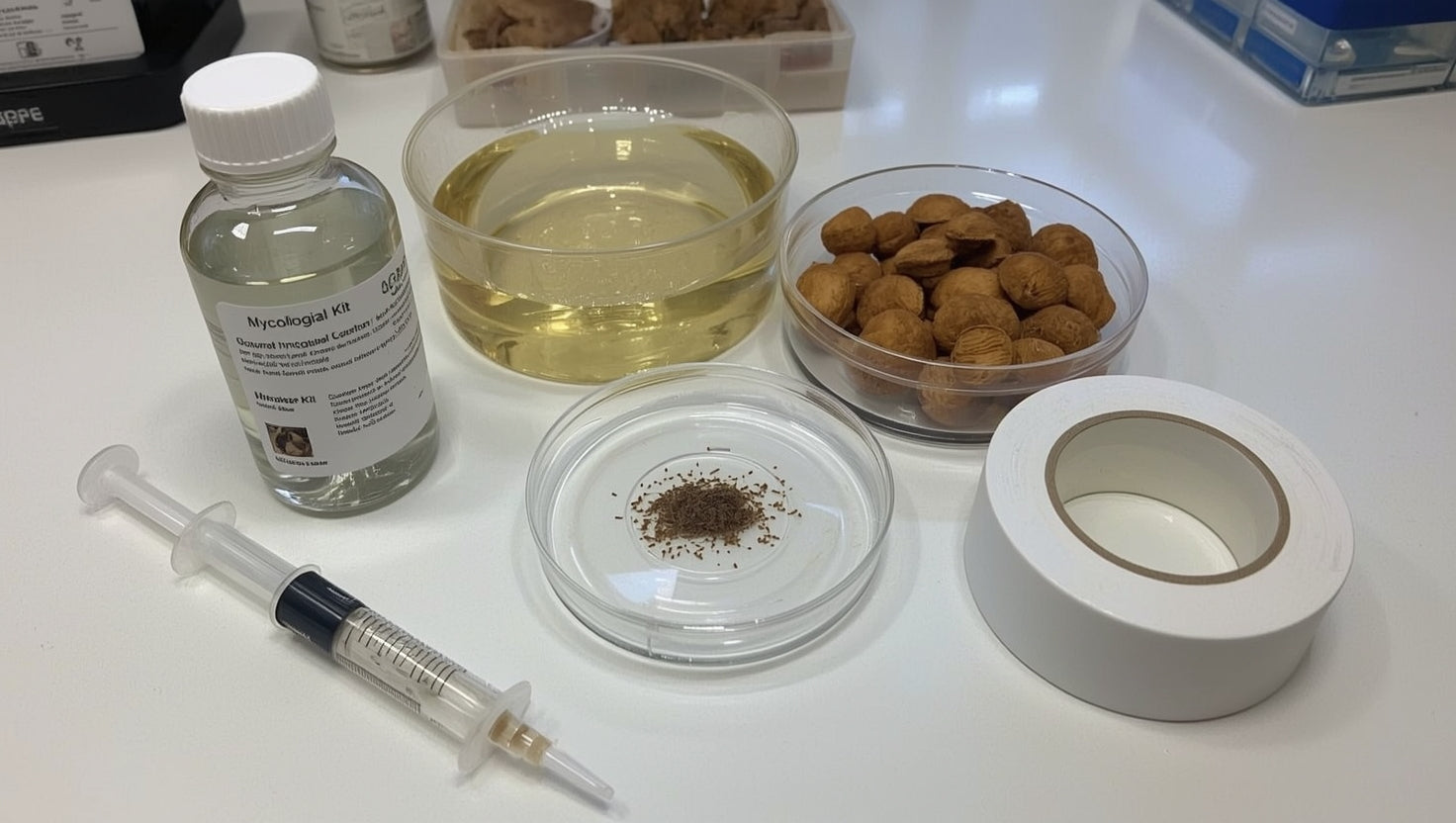
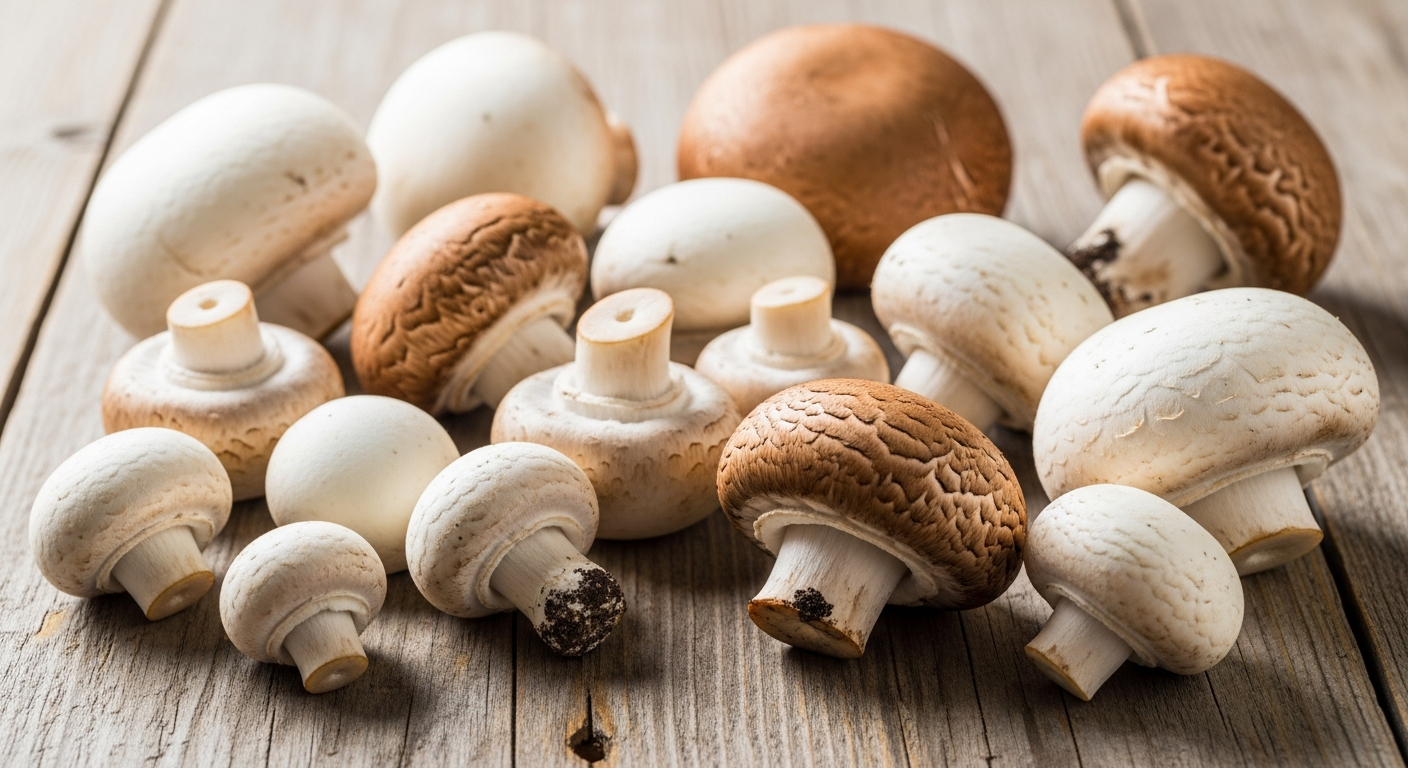
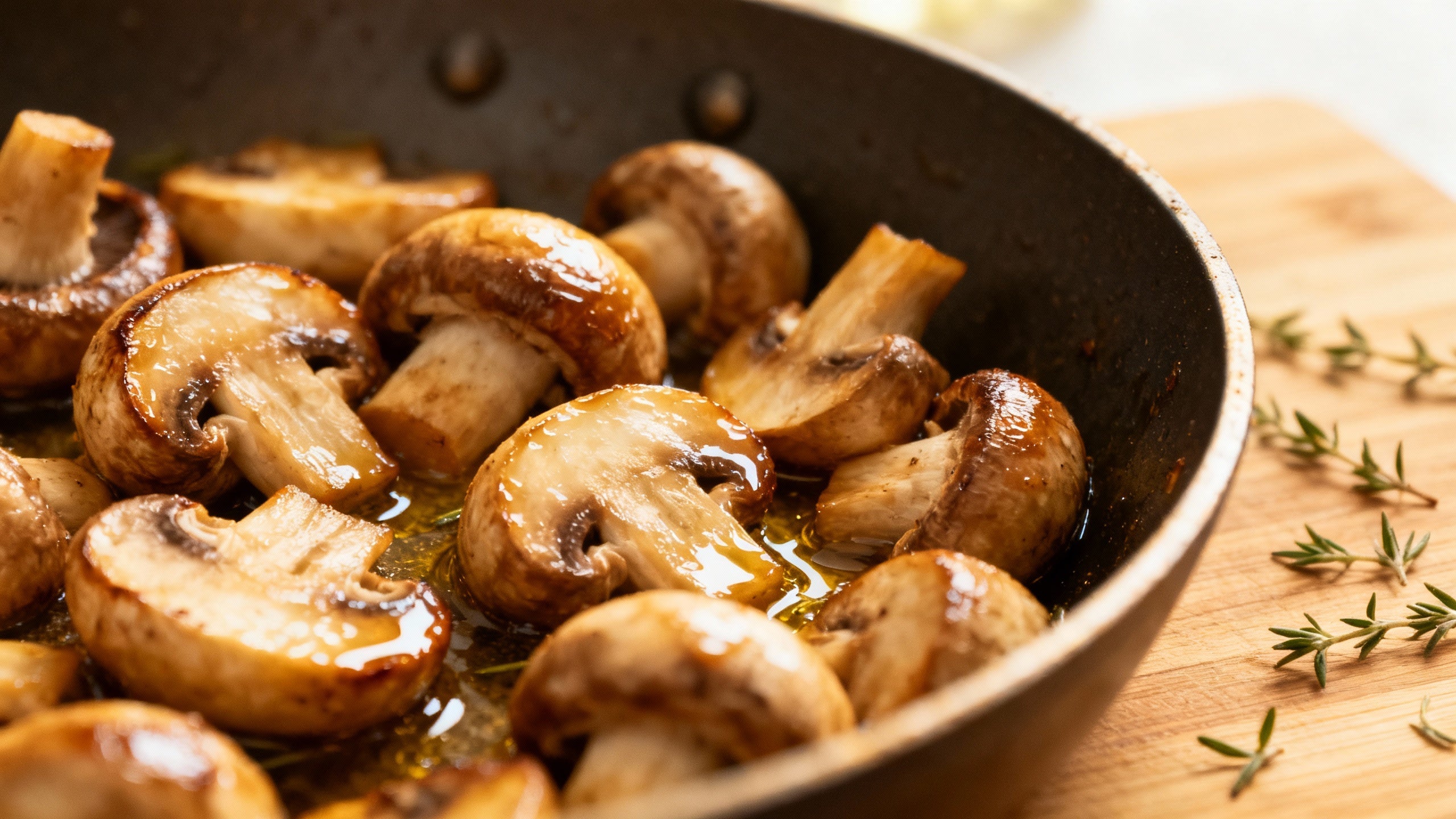
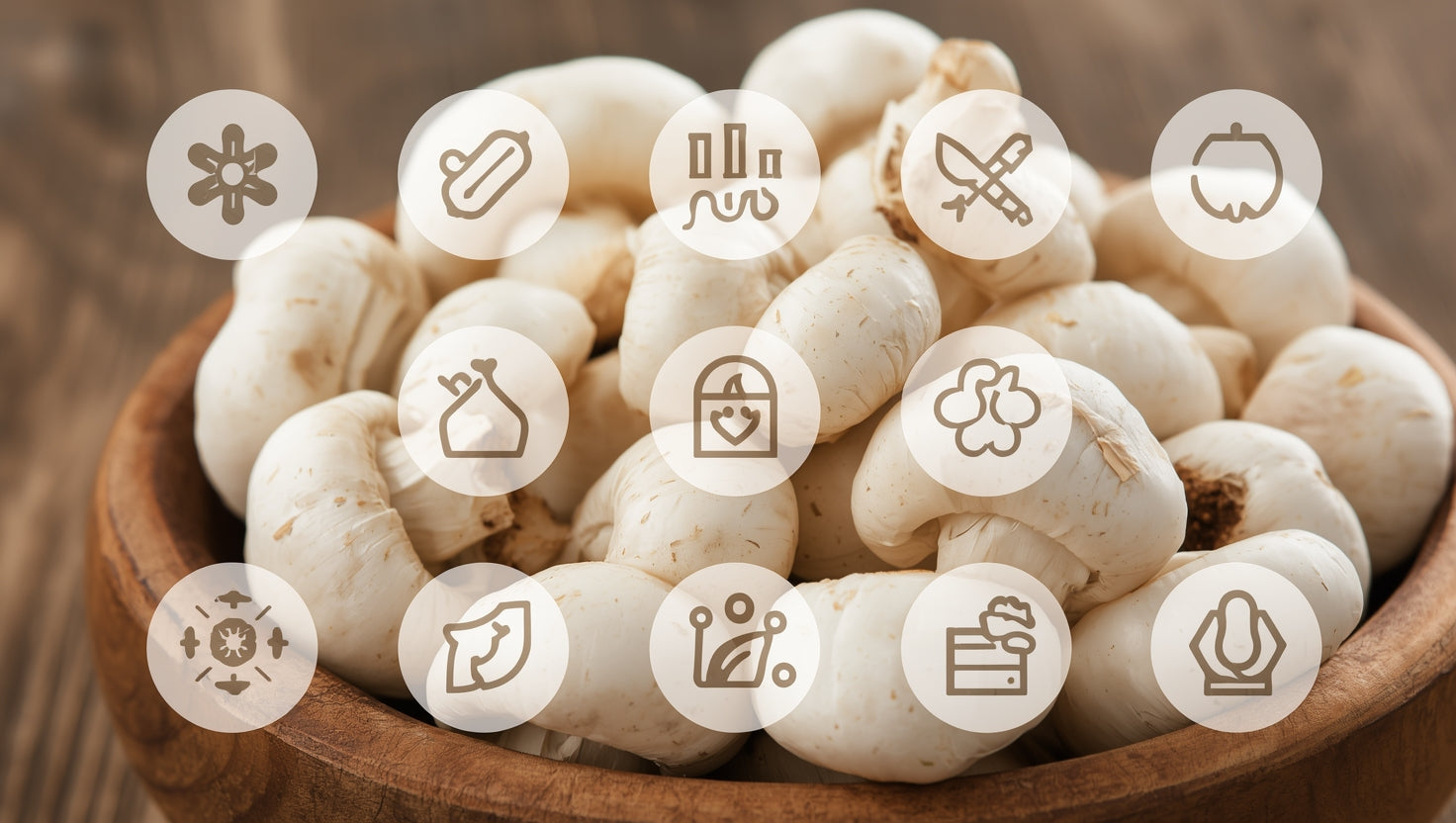
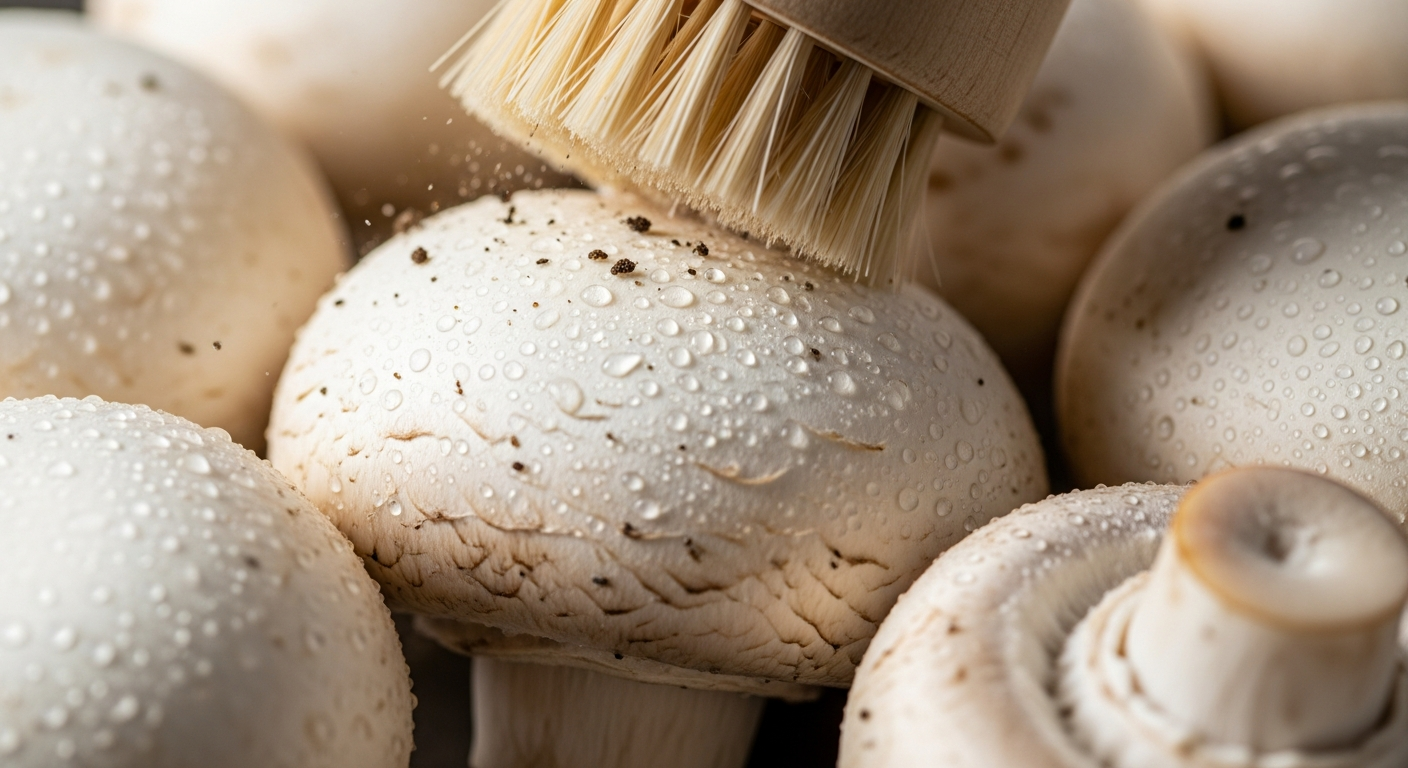
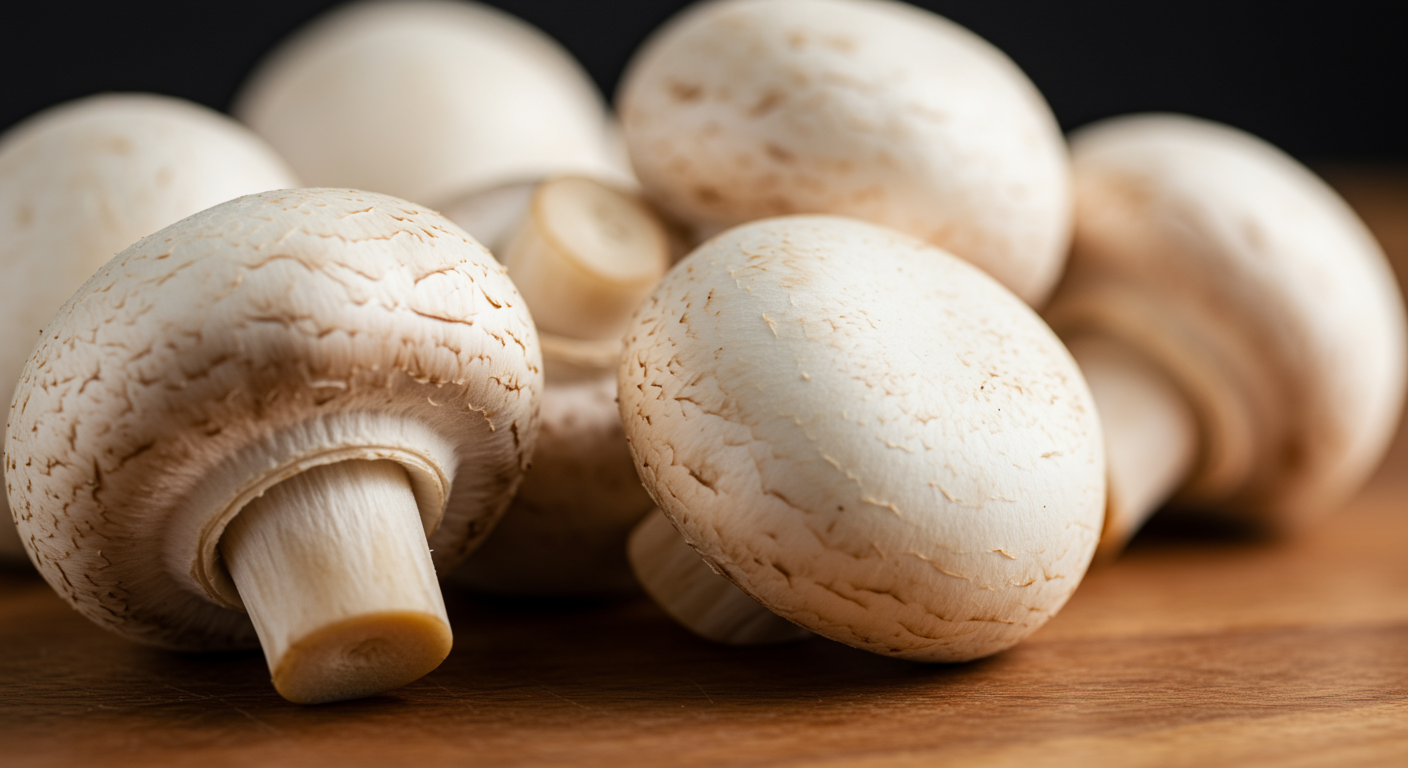

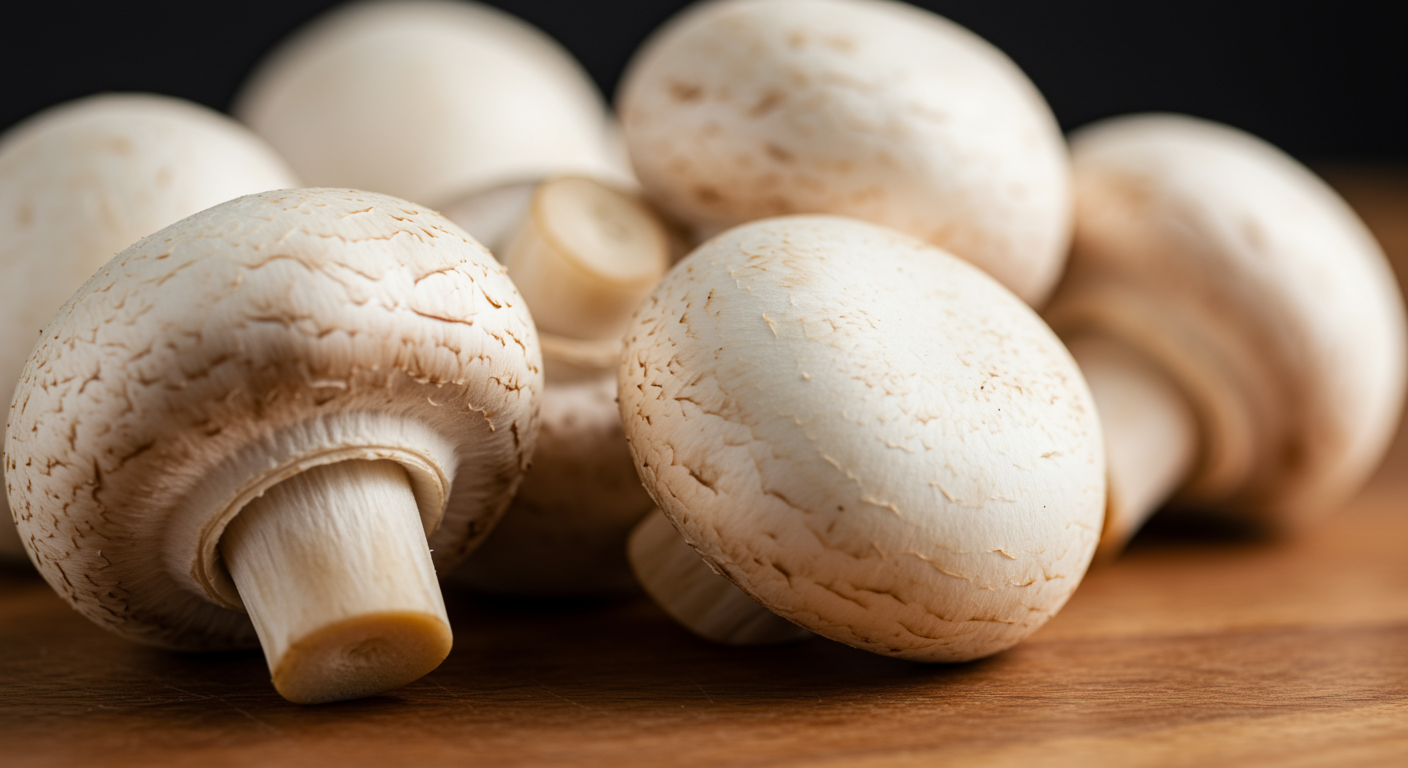
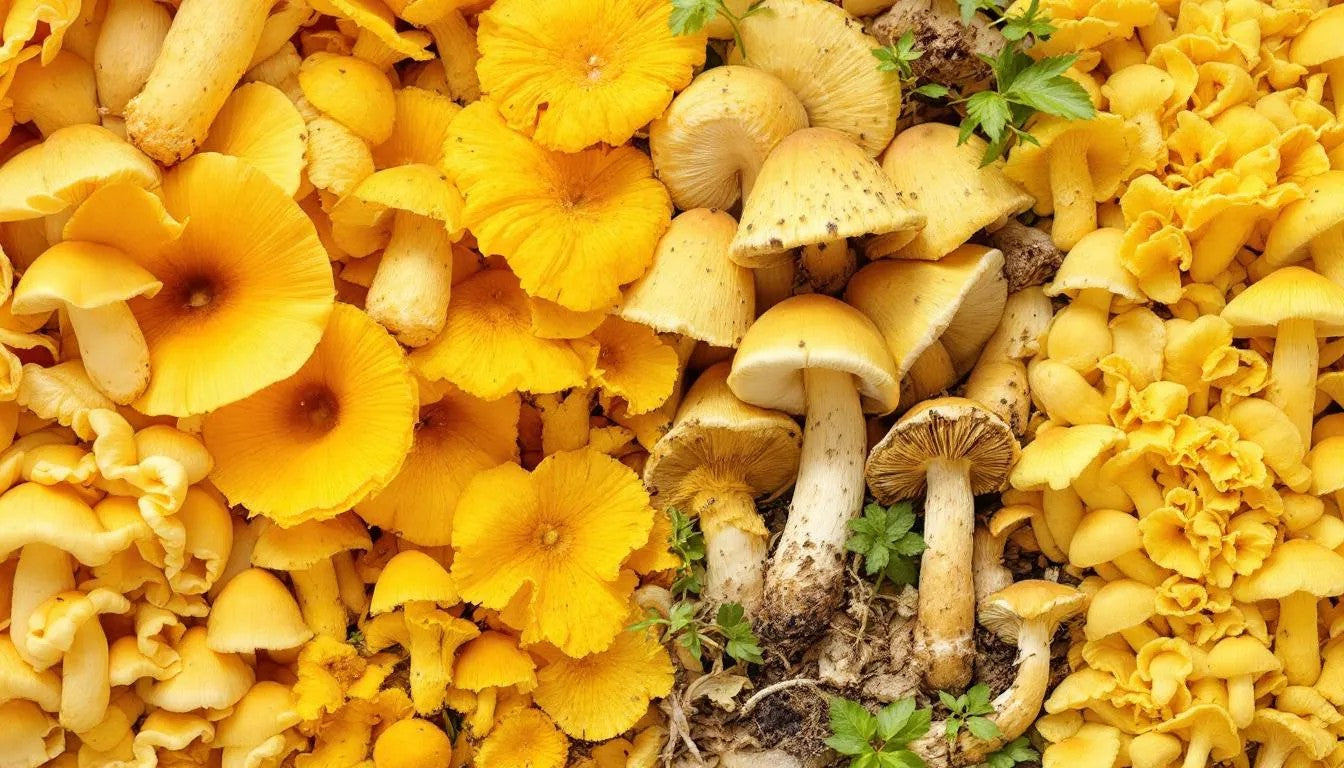
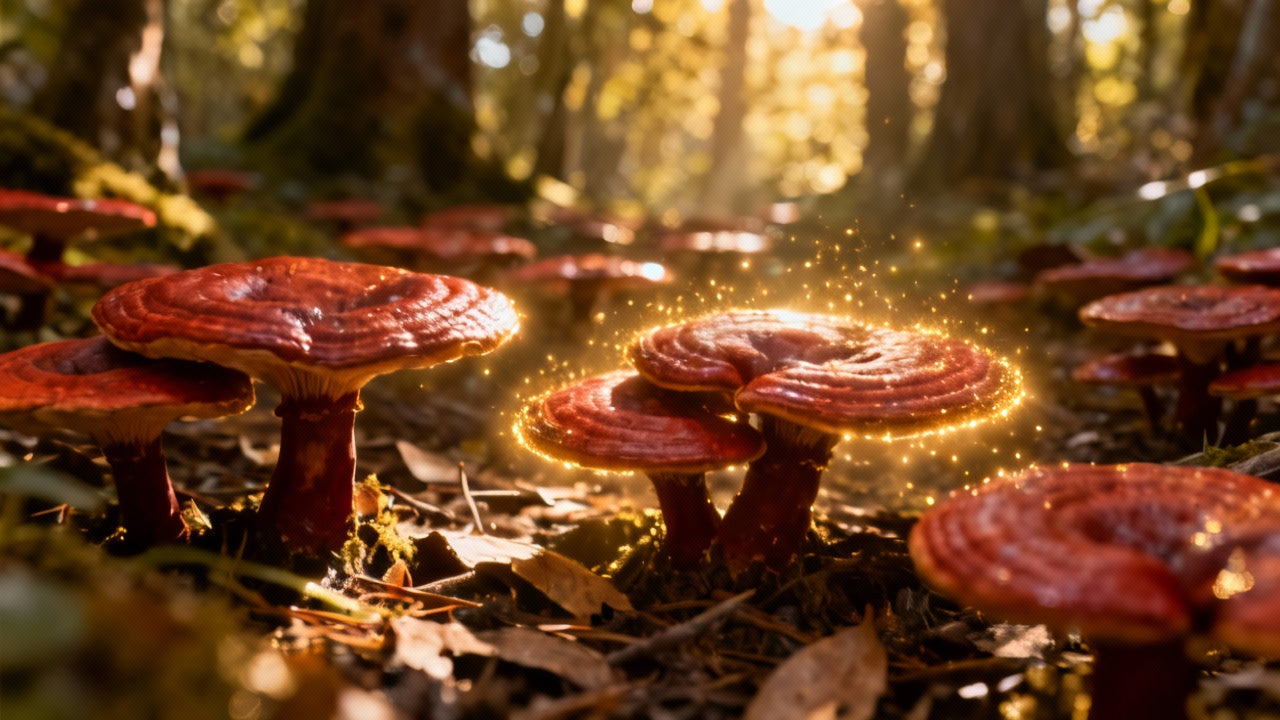
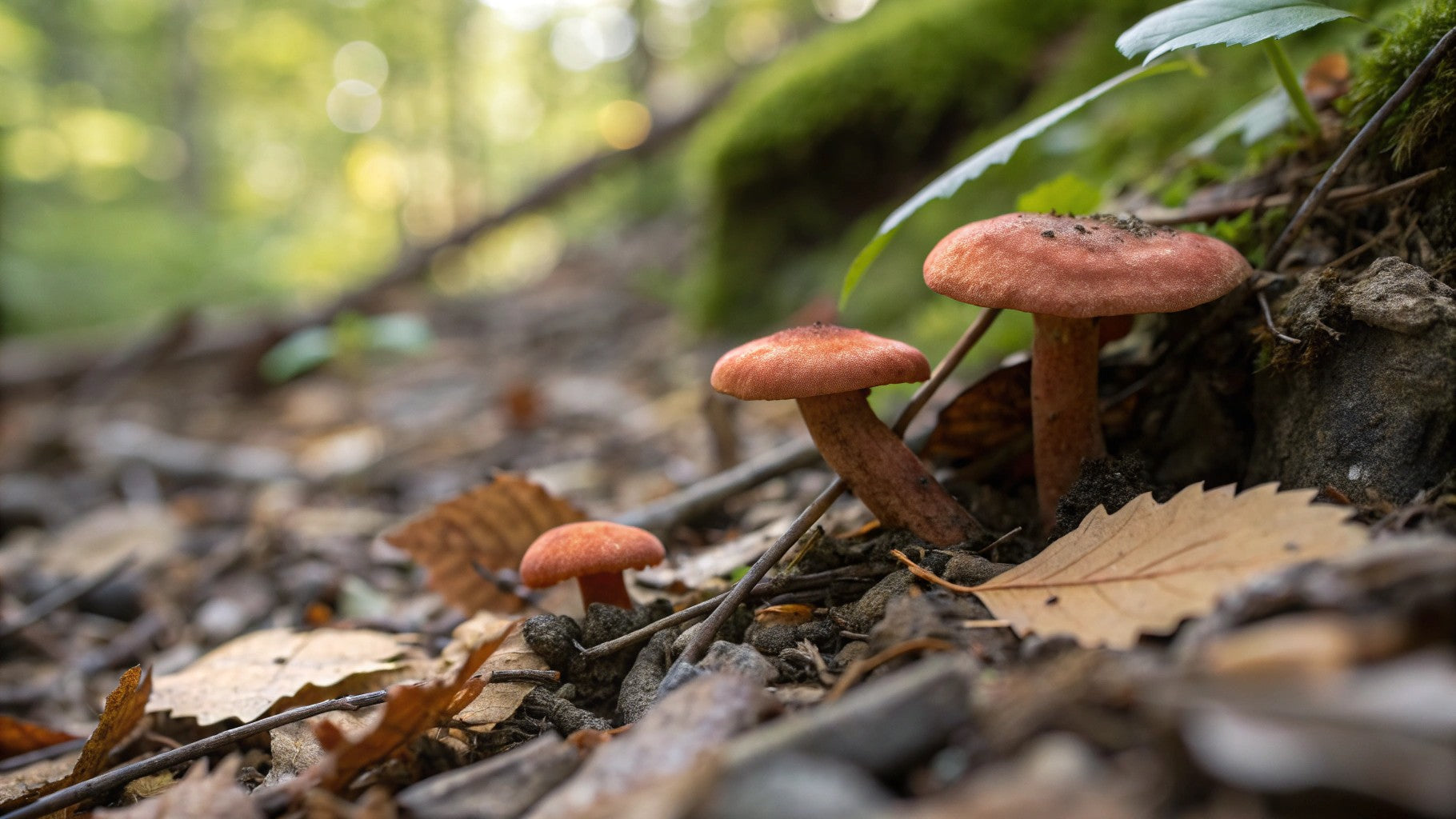
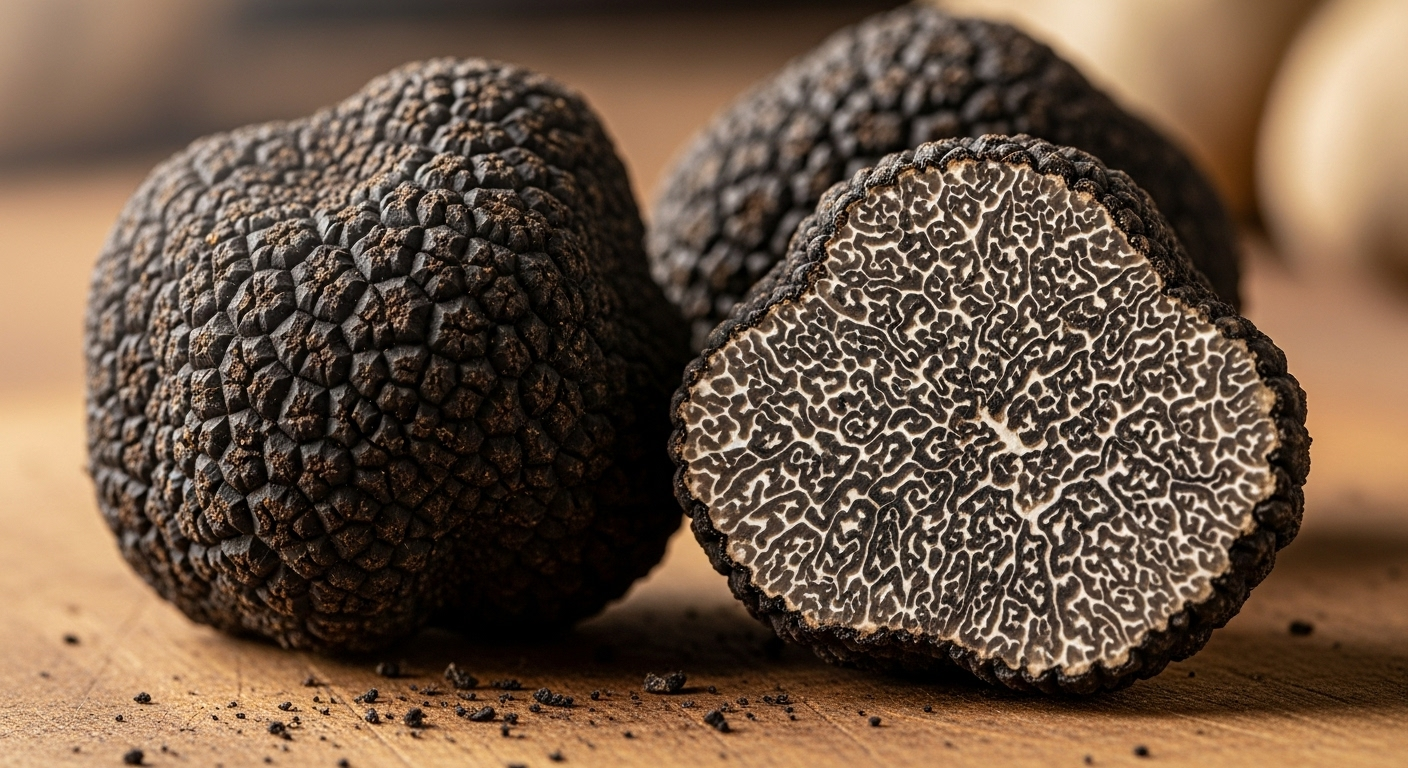
Share:
Types of Morel Mushrooms: A Complete Guide to Identification and Varieties
When is Morel Mushroom Season: A Forager's Delight